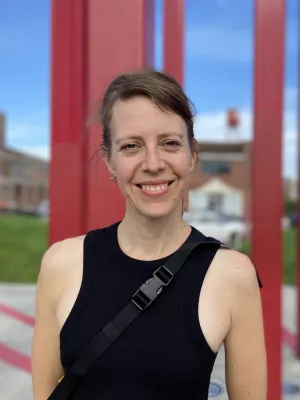
Melissa García
Associate senior lecturer

Conclusion : A new tale for the green city?
Author
Editor
- Isabelle Anguelovski
- James J. T. Connolly
Summary, in English
Urban greening is often thought of as a tool for aligning developmental and environmental goals, but it is also a tool for magnifying the city. It exposes and expands almost invisible dimensions of our hyperlocal environment. Greening has become one of the strongest mechanisms for transforming these preferences from a figurative guide for action into the literal cities the authors inhabit. In the tension between top-down branding and bottom-up decommodification, particularly well-illustrated by the tales of Milan, Barcelona, Copenhagen, Boston and Montréal, the branding often wins and the inequities of the city swallow up the non-monetary benefits of urban greening, leaving many to wonder what the purpose of greening was in the first place. One common dynamic seen in many cities demonstrates the counter-intuitive trend wherein the motivations for and ultimate effect of urban greening initiatives become suspect, rendering them green locally unwanted land uses.
Publishing year
2021-01-01
Language
English
Pages
311-321
Publication/Series
The Green City and Social Injustice : 21 Tales from North America and Europe
Document type
Book chapter
Publisher
Routledge
Topic
- Human Geography
Status
Published
ISBN/ISSN/Other
- ISBN: 9781032024134
- ISBN: 9781003183273